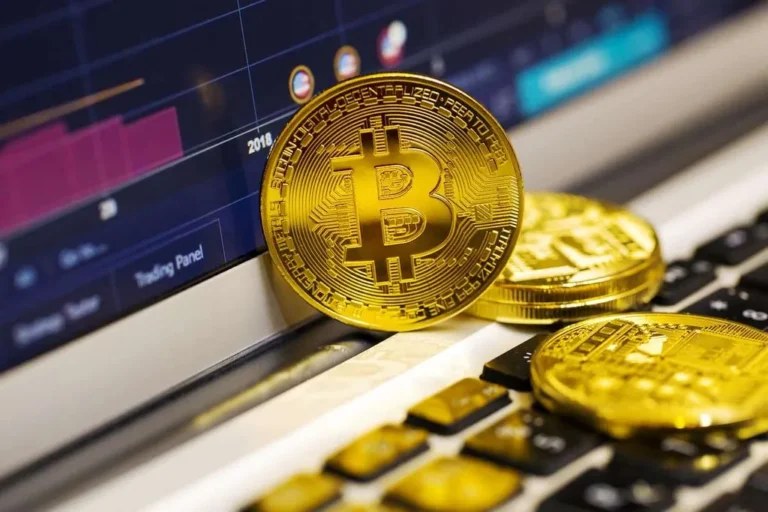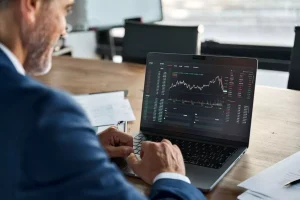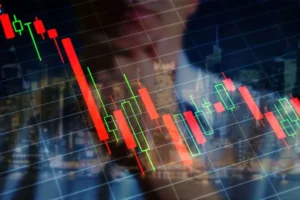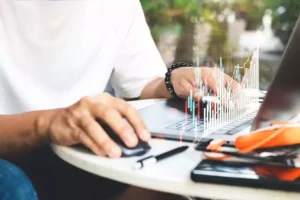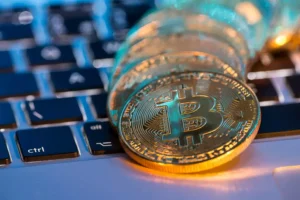Electronic trading involves using digital platforms to purchase, sell, and manage financial instruments like stocks, bonds, or currencies. It enables fast execution, real-time data access, and streamlined market participation without the need for physical interaction or intermediaries. This technology-driven approach has become the backbone of modern financial markets, supporting high volumes of transactions with precision and speed.
Some stock exchanges even now stick to trading floors with a personal presence. Yet, many have transitioned to electronic systems that execute transactions more efficiently and with fewer delays. According to Tradeweb’s data from January, the platform processed $54.6 trillion in total trading volume, with average daily volumes reaching $2.44 trillion: a 20.3% increase year-on-year. By May of this year, daily volumes had risen to $2.5 trillion.
From the perspective of investors, the process is basic: one logs in their broker’s account, selects the desired instrument, and runs the trade with a simple click. However, the user-facing simplicity is only the tip of the iceberg. There’s an infrastructure with networks of code and teams of professionals. In the article, we’ll take a closer look at e-trading.
Types of Electronic Trading Platforms
The financial system has been transformed with the help of electronic trading. It has affected the way people speculate on options, securities, and foreign exchange (Forex). There’s no need to be present on physical trading floors. The markets are now accessible to everyone via the Internet. Now, even beginners trade on equal terms with highly-skilled investors like those who work on Wall Street. All you need is an internet connection and a little knowledge of how the trading systems operate.
The e-trading operates through two fundamental architectures: broker-mediated services and direct market access systems. It’s made for different kinds of traders. Its functionality has been customized to match particular skill levels and trade goals.


Turnkey Brokerage Solution For Your Business
Get the most profitable fully licensed fx/crypto brokerage software or ready-to-operate business in 48 hours. Best-in-class web & mobile trading platforms, sales-driven CRM, full integration with MT4/5, and 150+ payment providers.
Broker-Based Platforms
These are advanced but user-friendly environments designed to assist individual market participants. Brokerage firms engineer these systems with a simple UI which integrates trade execution, portfolio management, and real-time market surveillance. Their greatest strength? Comprehensive educational ecosystems. They feature analytical tools, charting, and extensive learning content, i.e., tutorials and webinars.
The trade-off emerges in market connectivity: transactions flow through proprietary brokerage infrastructure. Potentially, it could give an execution delay compared to direct market channels.
XCritical, ETRADE, and TD Ameritrade electronic trading platforms represent such an approach.
And as for the stats: The size of the worldwide e-brokerage market was estimated at $14.1 billion in 2024. Between 2025 and 2034, it’s predicted to shoot upward at a compound annual growth rate of 9.4%.
Direct Market Access Platforms
DMA networks are the apex of trading tech. These services provide institutional investors and seasoned professionals with unfiltered market connectivity. These systems bypass intermediary layers and deliver transparent access to live market data streams.
The competitive advantage lies in optimal price execution and lightning-fast transaction speeds: those are critical elements to high-frequency trading. Of course, such a power demands in-depth market knowledge and superb trading acumen.
Platforms such as Interactive Brokers and Fidessa are some of the illustrations.
The bottom line: Whichever platform you settle on, it hinges on your expertise and trading ambitions. Broker-based solutions are a go-to choice among newcomers thanks to their top UX and educational support. DMAs serve experienced traders demanding speed and direct market control.
The Technology Behind
What appears as effortless point-and-click trading actually constitutes one of the most complex technological performances in today’s finance industry. An intricate network of linked systems supports every transaction.
Imagine you are making a trade via your smartphone. Your order triggers a series of technological processes that involve several computer systems working quickly to complete your transaction. It’s a real coordination of a massive network of systems.
The main hurdle? You must be sure all the technology works without failures, regardless of whether you are trading on a computer at home or a smartphone during lunch. Each device must be configured so that you can access the vast financial world without problems.
There are several important technologies that can help the entire system work.
Client Connectivity Hubs allow your device to communicate with global markets, no matter what system it operates on. They standardize communication protocols and ensure compatibility between trading hubs and systems. Meanwhile, Direct Market Access (DMA) cuts through the bureaucratic red tape, providing market liquidity.
However, the most important element is the FIX protocol. It’s a standard for exchanging info that allows your orders, price changes, and trade confirmations to flow through the system quickly. It lets everything run smoothly and as it should.
These cutting-edge technologies work to make complex processes feel effortless. They nurture an ecosystem where split-second decisions can be executed instantly, where global trading sectors, including cryptocurrencies, feel local, and where finances become genuinely accessible. The result: A trading ecosystem is technologically formidable and user-friendly.
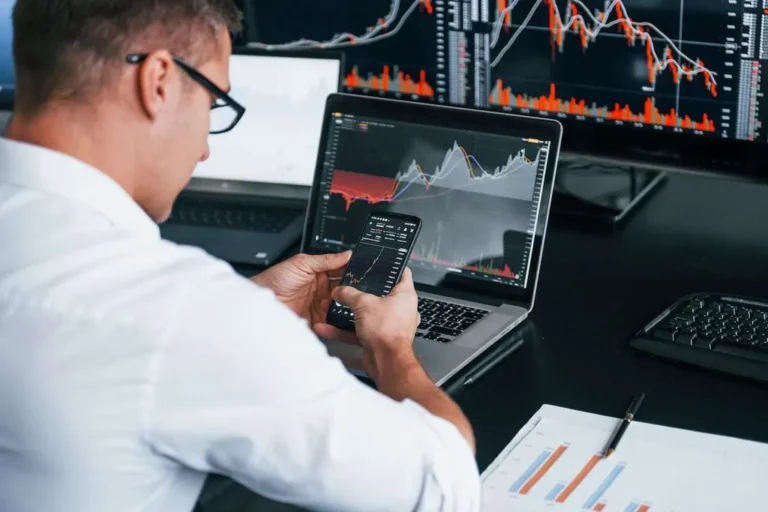
Benefits of Electronic Trading
Electronic trade overtook conventional approaches for practical reasons. Let’s take a look:
- Geographic barriers disappeared. Location no longer determines market access. Traders in rural areas execute the same transactions as those in financial centers. Individual investors now play on equal footing with institutional traders.
- Costs dropped significantly. Traditional online broker fees and intermediary charges have largely vanished. Electronic platforms eliminated multiple layers of human involvement that previously inflated trading costs. Commission rates fell from tens of dollars to near-zero in many cases. It’s opened markets to smaller investors who were previously priced out. The math is simple: lower benchmarks to entry mean more participants.
- Execution speed increased dramatically. Trades that required phone calls and manual computations are now complete in milliseconds. Such a speed advantage matters most during fluctuating conditions when prices change rapidly. Electronic systems execute orders faster than human reflexes can process market changes.
Electronic trading technology delivered three improvements: universal market access, reduced fees, and faster execution speeds. It has transformed trading from a high-cost, location-dependent activity into an accessible process.
Challenges of Electronic Trading
E-commerce has truly turned financial markets around. At the same time, it’s important to examine what happens when systems fail because disruptions are more common than many realize.
When Technology Breaks, Markets Pay
System failures seem to be theoretical risks, but, in reality, they’re periodic nightmares. Software crashes, hardware fails, and cyber-attacks hit trading platforms with predictable frequency. The May 6, 2010, flash crash is an example: automated trading errors wiped 600 points off the Dow Jones in five minutes. It erased $1 trillion in market value before authorities canceled 21,000 trades to stop it.
These incidents point to a fundamental truth: automated systems fail drastically when they fail at all. One coding error or server malfunction can trigger market-wide chaos that takes human intervention to sort out.
Manipulation Gets Easier
High-frequency trading and algorithmic strategies open the door to potential market manipulation. Traders now manipulate prices and generate false market signals at speeds making detection nearly impossible. The automation that makes electronic trading efficient also makes it easier to game the system.
In cases of over-the-counter (OTC), where trades happen outside traditional exchanges, the prospect of fraudulent activity grows even further, as transactions are less transparent and harder to track. Governing bodies have implemented detection measures. But the battle between manipulators and analysts continues.
Regulators Can’t Keep Up
Market oversight gets exponentially complicated when millions of trades take place per second across multiple platforms. Traditional supervisory frameworks have trouble with the volume, speed, and technicality of advanced electronic trading.
New surveillance systems and standards emerge regularly, but they consistently lag behind the latest developments. The regulatory response is always one step behind the next breakthrough.
Electronic trading delivered on its promises: we got cheaper trades, instantaneous execution, and access to markets worldwide. The downside? It created new kinds of risks we had never seen with traditional trading. System vulnerabilities, manipulation opportunities, and regulatory gaps represent the real cost of progress in finance. Noting these problems does not mean being pessimistic; it is simply a realistic approach. Anyone trading electronically should understand what these systems can and can’t do.
To cap it all, e-trading has changed the finances. Now, anyone with internet access can deal with stocks, currencies, and other assets. It has made everything faster and cheaper. But there are downsides too, like technical glitches and the risk of market manipulation. Therefore, it’s important to understand how everything works to use these opportunities correctly and safely. Knowing how e-trading works makes you better equipped to handle its hurdles and reap better benefits.
